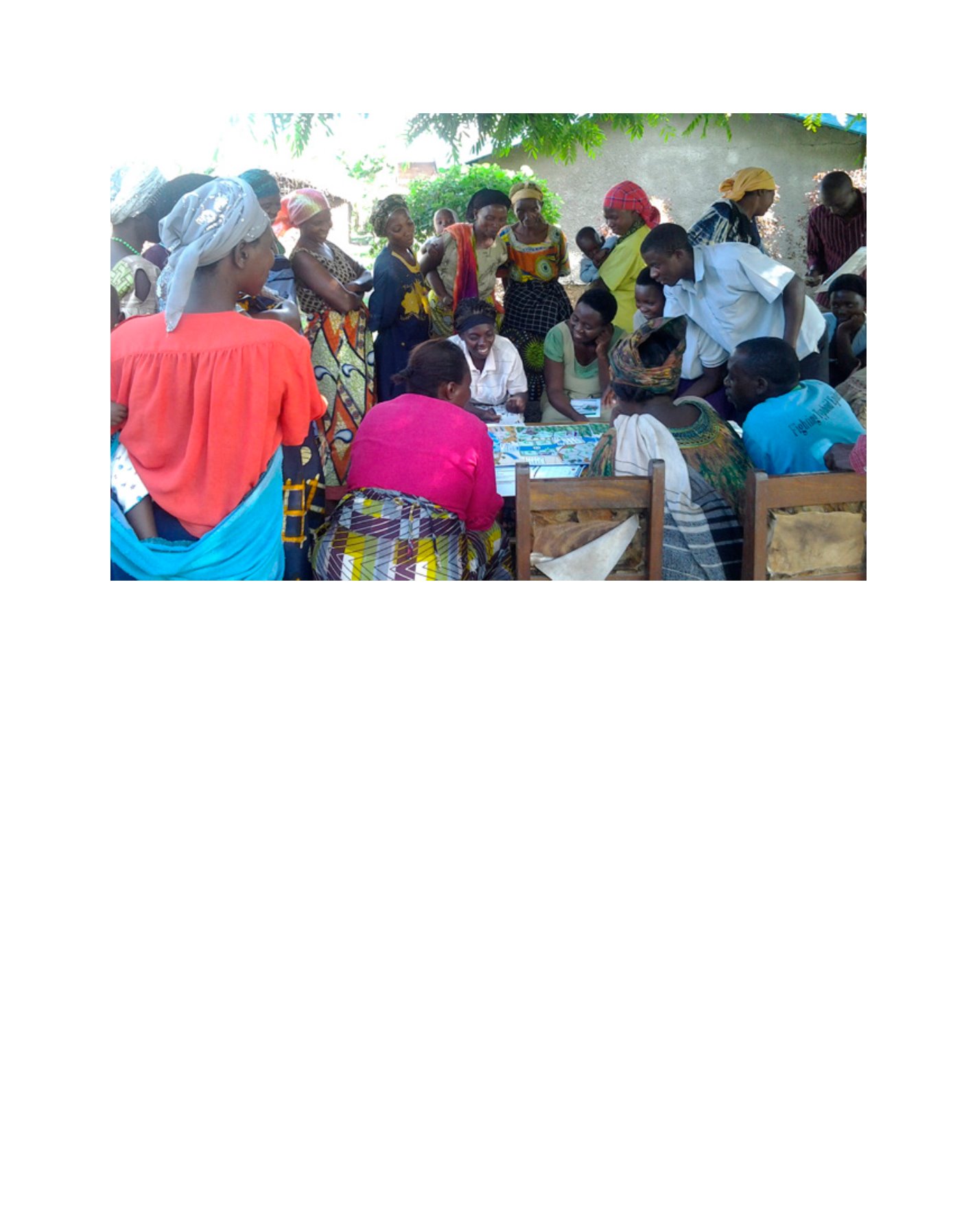

[
] 109
access
to
water
and
sanitation
for
all
Without necessarily going as far as co-decision, the insti-
gator can define the required intensity of participation in the
process, including defining parameters for citizens’ contribu-
tions. These parameters may correspond to a specific stage
in the process such as data collection (e.g. citizen science) or
action proposal (e.g. participatory planning) or voting (e.g.
participatory budget).
In order to enable engagement, participants need to be
convinced that they can bring added-value to the issue at
stake and that their contribution can produce changes.
Thus, it is important to identify their expectations early in
the process and to evaluate whether they have been realised
at the end. Most expectations can generally only be met if
participants are provided with margin for manoeuvre.
Viewing public participation as a means for producing
change also requires considering it as a process rather than
a succession of events. Even for raising awareness, partici-
pation requires behavioural changes. Too often, instigators
willing to involve citizens in their project organise a one-
shot public meeting or a unique consultation. This method
is useful but insufficient for effective citizen participation.
For example, a participatory process was implemented in
the Rwenzori region in western Uganda to develop a regional
natural resources management plan as follows:
1
Procedural agreement
: design and validation of the
process by facilitators and key stakeholders to match the
local context.
2
Identification of the focal issue
: discussions among
participants on a common long-term objective and elici-
tation of their perspectives, values and preferences.
3
Proposal of actions
: brainstorming among participants
on the potential actions likely to address the focal issue.
Actions stemming from expert knowledge are set forth for
approval by participants.
4
Selection and organisation of actions in time, space and
at organisational levels using a participatory planning
matrix (Cooplan)
: discussions among participants on
the feasibility, coherence and efficiency of the resulting
water management plan based on available resources and
expected impacts.
5
Test of the plan using a role-playing game developed
concomitantly by facilitators and researchers with
multiple inputs from participants
: actions from the plan
are translated into action cards in the role-playing game
allowing participants to explore the social and environ-
mental impacts of these actions and to possibly suggest
new ones. The plan and game are interactively readjusted.
6
Agreement among participants on plan implementation
:
who will do what, when, where and with what resources.
This process was adapted from the AquaStress project
2
and implemented in the frame of the Afromaison project
3
.
The process lasted for about two years and involved about
70 participants including the government, civil society,
the private sector, and religious and cultural representa-
tives. The process was originally meant to be implemented
at meso level only (intermediary level between community
and national level). However, Ugandan facilitators were
enthusiastic about the process, and the role-playing game in
particular, and therefore decided to set up a partnership with
Role-playing session in the AfroMaison project with the Kyempara community in Uganda
Image: Melk
















